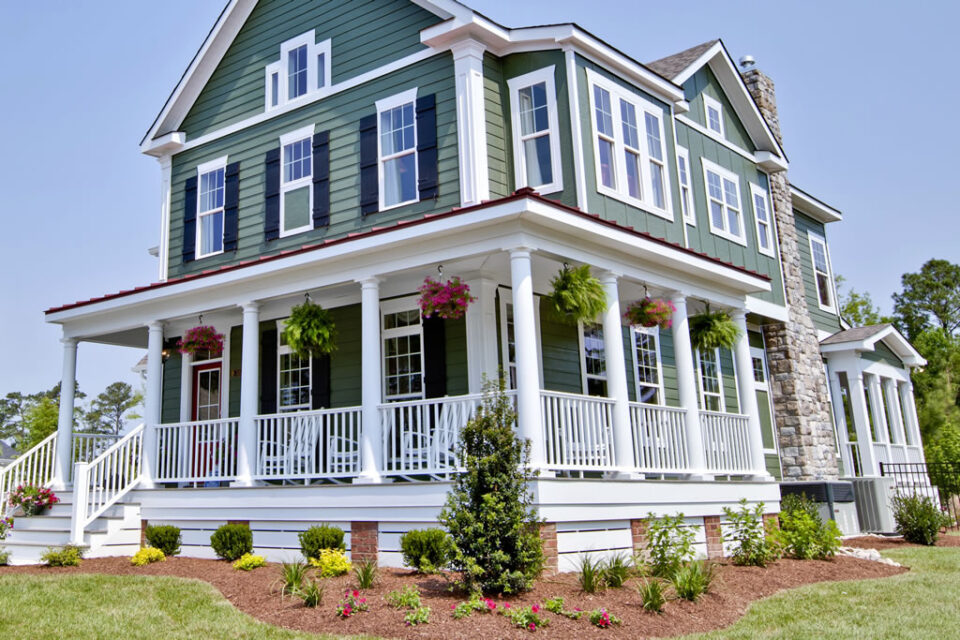Whether you’re looking to improve the appearance of your home’s exterior to increase the value before putting it on the market or simply to make it more appealing for you and your family, new siding can make a significant difference. While the average cost, according to HomeLight, is $14,359, there are options for vinyl siding financing that can make it easier on your budget while providing a good return on your investment.
Of course, the question isn’t whether to get new siding, the more difficult decision is what color to choose. The best color depends on the existing combination of colors you already have in the trim, roof, front door, and other elements, along with the home’s surroundings and overall style. If you’re struggling with which to choose, these tips can help you pick one that is not only attractive but might increase your home’s value too.
Take a Walk Around Your Neighborhood
One of the easiest ways to choose a color is to check out the homes around you, particularly those with a similar style to your own. Generally, you don’t want to go too bold, standing out like a sore thumb in a neighborhood of neutrals. If the area is more eclectic, however, more colorful options might work well.
Your Home’s Architecture
What style of architecture is your home? If you have a historic home like a Victorian, do some careful observation as to the color combinations by visiting other homes in a similar style. Victorians often have more colors with ornate trim work and can often get away with brighter hues. Colonial-style homes, on the other hand, are usually painted in a single, classic color like white, although you might consider a more unusual accent color to provide a modern twist. A country- or cottage-style home can offer more freedom with many different color options.
Consider the Size
While you might not think size makes a difference when it comes to paint colors, a dark shade can initially seem rich and elegant when looking at color swatches, but when it’s actually painted onto a mid-size or larger home, it can feel overpowering and even gloomy. For a small home, a light color can keep it from standing out.
The Landscaping
The landscaping around your home can provide a wealth of ideas for color. If it’s filled with the bright hues of a flower garden, you might want to choose a color scheme that’s more subdued to balance it out. Homes that have lots of trees around them work well with a more earthy palette of browns and greens. By the beach? It’s a great opportunity to use bright shades like turquoise to evoke the sea. Turquoise on a home in your typical suburban neighborhood, on the other hand, id likely to make it look gaudy.
The Roof
Another important consideration is the roof. When choosing the siding color, you’ll want to think about the style and color of the roof as roofing materials have their own shades, whether its metal, shingle, slate, or terracotta. While it doesn’t have to match, it should harmonize.

